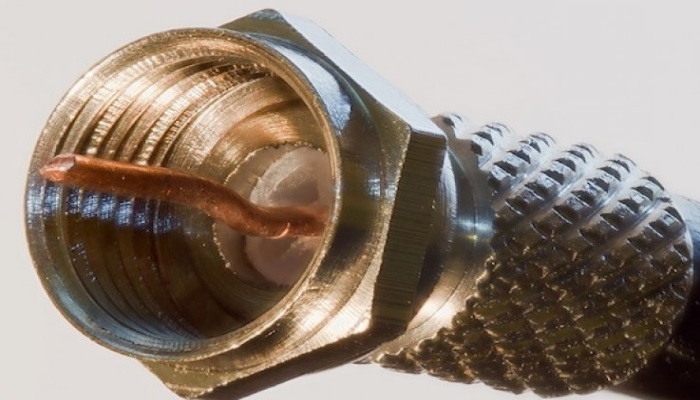
NBN Co announces timetable for gigabit speeds over HFC
NBN Co has announced that it will begin deploying state-of-the-art DOCSIS 3.1 technology in 2017, allowing it to provide broadband services at speeds comparable to those currently available over fibre.
The plan was announced at Cable Congress 2015 in Brussels. NBN Co’s proposed timetable will make it one of the first telcos to adopt DOCSIS 3.1, which can provide download speeds of up to 10Gbps with uploads of up to 1Gbps - around ten times faster than the existing Telstra and Optus HFC networks.
As reported in E-bulletin #2, NBN Co’s plan is to first ensure that the HFC assets it acquires are all upgraded with DOCSIS 3 to provide likely initial speeds of 376Mbps for downloads and 49Mbps uploads.
When announcing the awarding of the upgrade contract to Arris Group, however, NBN Co said an upgrade path to DOCSIS 3.1 would also be created.
Meanwhile, NBN Co has also announced four trial sites for the initial HFC upgrades, two in NSW and two in Queensland. The trials will cover some 300,000 premises, largely within the Optus HFC footprint and are designed to provide information about the best way to provide lead-ins where none currently exist.
About one third of the total premises covered by the proposed HFC footprint are, in NBN speak, “service class zero” i.e. they are either not physically passed or actually connected to either network. The cost of providing these connections must be an important factor in determining whether such premises can be served more economically by HFC or by Fibre to the Node (FTTN).










